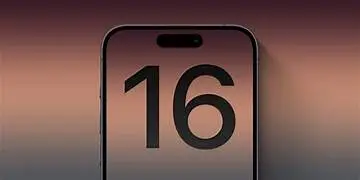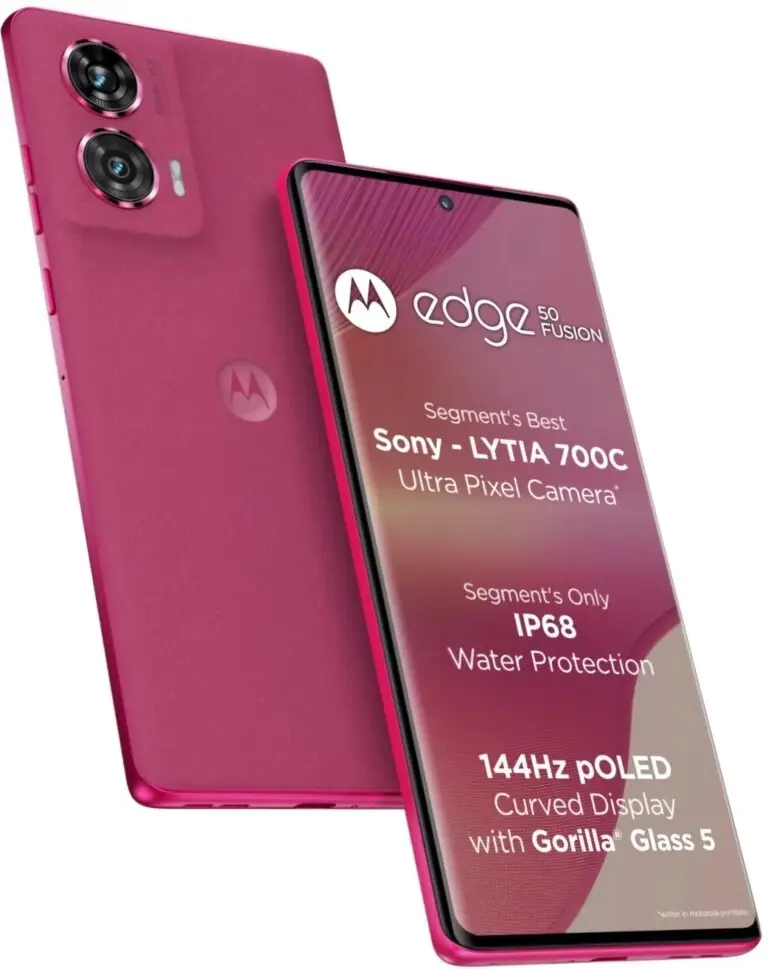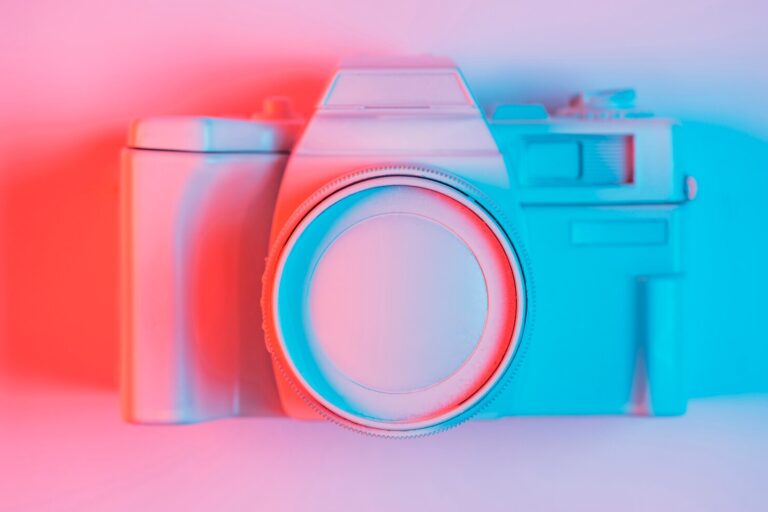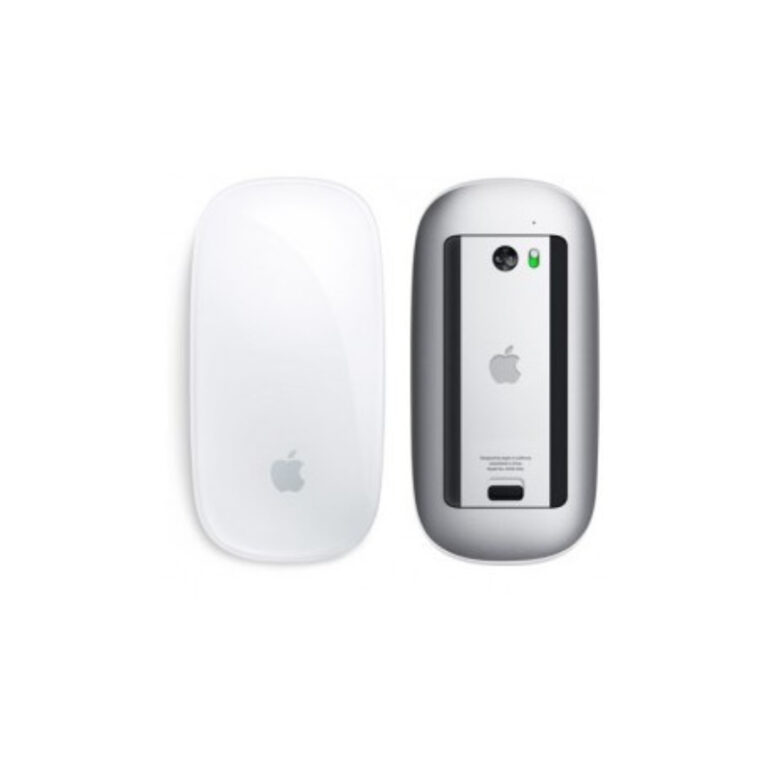Pixel 9 vs iPhone 16: 11 Compelling Reasons to Choose Your Next Smartphone
- H1: Pixel 9 vs iPhone 16: The Ultimate Smartphone Showdown
- Introduction to the comparison
- Why this comparison matters
- H2: Design and Build Quality
- H2: Display Technology
- H3: Pixel 9’s OLED Display
- H3: iPhone 16’s Super Retina XDR Display
- H3: Refresh Rates and Resolution Comparison
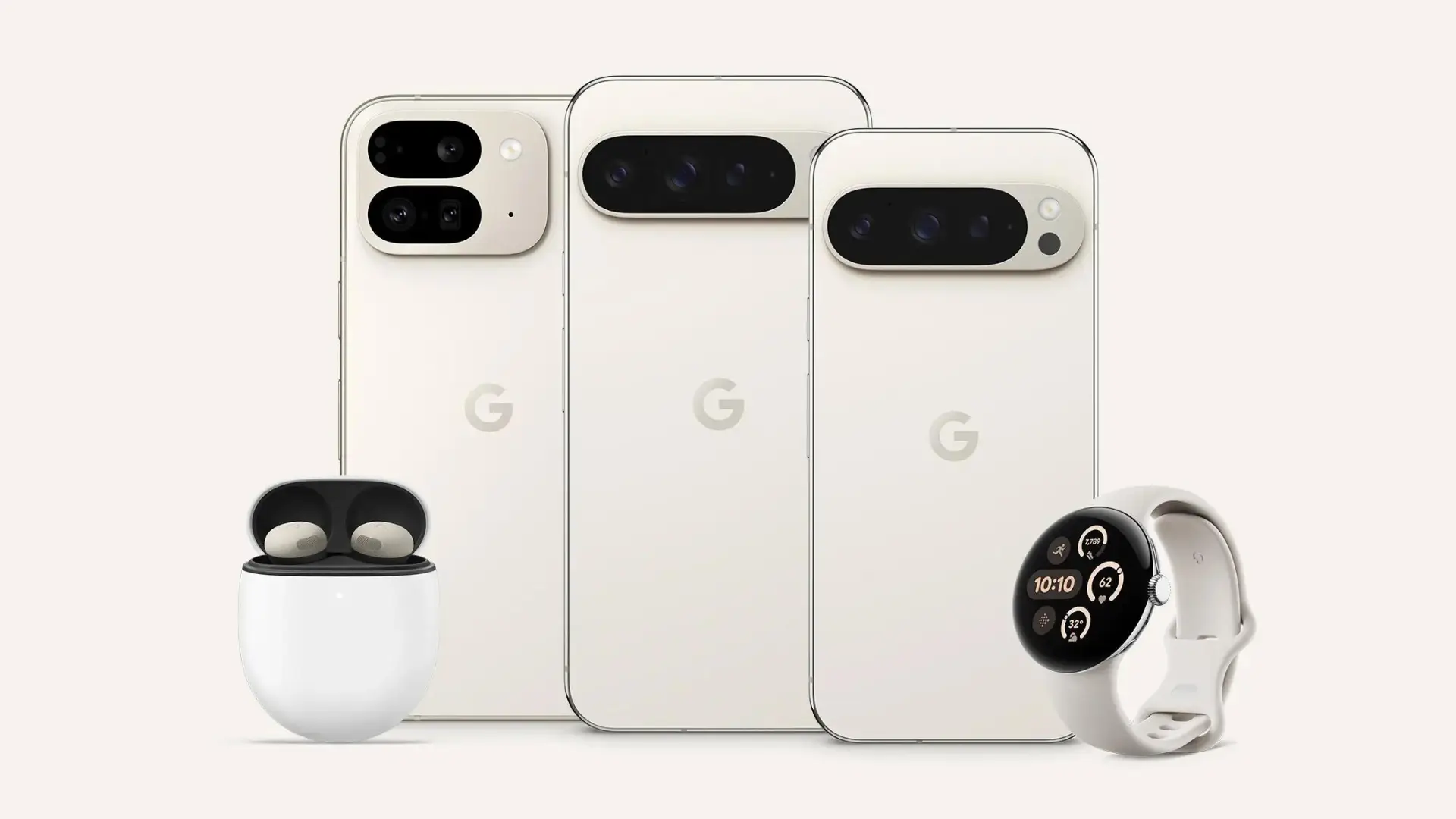
- H2: Performance and Processing Power
- H3: Pixel 9’s Snapdragon 8 Gen 3 Processor
- H3: iPhone 16’s A18 Bionic Chip
- H3: Real-World Performance Tests
- H2: Camera Capabilities
- H3: Pixel 9’s Computational Photography
- H3: iPhone 16’s Triple-Lens System
- H3: Low Light and Night Mode Comparison
- H4: Video Recording Features
- H2: Software Experience
- H3: Stock Android Experience on Pixel 9
- H3: iOS 17 on iPhone 16
- H3: Customization and User Interface
- H2: Battery Life and Charging
- H3: Pixel 9 Battery Efficiency
- H3: iPhone 16 Battery Performance
- H3: Charging Speeds and Wireless Charging
- H2: Security Features
- H3: Pixel 9’s Fingerprint Sensor and Face Unlock
- H3: iPhone 16’s Face ID and Privacy Features
- H2: Price and Value for Money
- H3: Pixel 9 Pricing Tiers
- H3: iPhone 16 Pricing Strategy
- H3: Which Offers Better Value?
- H2: Ecosystem Integration
- H3: Pixel 9’s Integration with Google Services
- H3: iPhone 16’s Place in the Apple Ecosystem
- H3: Which Ecosystem is More Seamless?
- H2: User Experience and Feedback
- H3: What Pixel 9 Users Are Saying
- H3: iPhone 16 User Reviews
- H3: Expert Opinions and Ratings
- H2: Gaming Performance
- H3: Pixel 9’s Gaming Capabilities
- H3: iPhone 16’s Gaming Performance
- H3: Which Phone is Best for Gamers?
- H2: Additional Features
- H3: Unique Features of Pixel 9
- H3: Unique Features of iPhone 16
- H3: Which Extras Stand Out?
- H2: Pros and Cons Summary
- H3: Pixel 9 Pros and Cons
- H3: iPhone 16 Pros and Cons
- H2: Conclusion
- Final Thoughts
- Which Phone Should You Choose?
- H2: FAQs
- H3: Is the Pixel 9 better than the iPhone 16?
- H3: What are the key differences between Pixel 9 and iPhone 16?
- H3: Which phone has a better camera, Pixel 9 or iPhone 16?
- H3: How does the battery life compare between the Pixel 9 and iPhone 16?
- H3: Which phone offers better value for money?
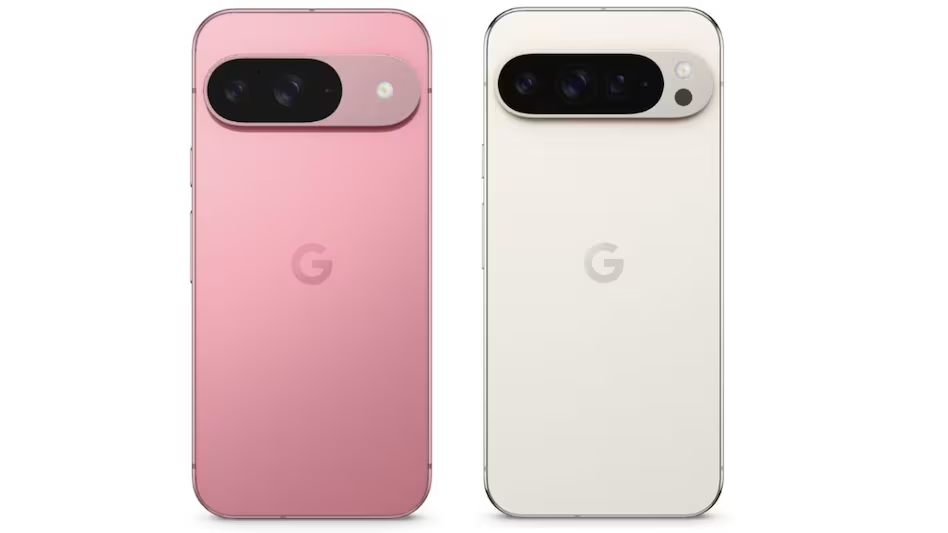
Pixel 9 vs iPhone 16: The Ultimate Smartphone ShowdownzIn the ever-evolving world of smartphones, two giants have once again emerged to battle it out for supremacy—Google’s Pixel 9 and Apple’s iPhone 16. These two flagship devices represent the pinnacle of technology, design, and innovation in 2024. But how do they stack up against each other? In this detailed comparison, we’ll dive deep into every aspect of these devices, from their design and build quality to their performance and camera capabilities. By the end of this article, you’ll have a clear idea of which phone suits your needs best.
Design and Build Quality
Pixel 9 Design Philosophy
The Pixel 9 continues Google’s tradition of minimalist design, focusing on clean lines and functionality. The device is sleek, with a matte finish that resists fingerprints, and it feels comfortable in hand. The symmetrical design and the centered camera module are aesthetically pleasing, offering a modern look that appeals to those who appreciate subtlety.
iPhone 16’s Aesthetic Evolution
Apple, known for its design prowess, has once again refined the look of its flagship with the iPhone 16. The device features a flatter design, reminiscent of the iPhone 12, but with softer edges and a more refined finish. The rear camera module is more integrated into the chassis, reducing the bump that was prominent in earlier models. The iPhone 16 is available in an array of new colors, appealing to a broad audience.
Material and Durability Comparison
Both phones are built with premium materials, but they cater to different tastes. The Pixel 9 uses a combination of aluminum and Gorilla Glass Victus, making it sturdy and resistant to drops. On the other hand, the iPhone 16 is constructed with Apple’s Ceramic Shield on the front and back, providing exceptional durability and scratch resistance. Water and dust resistance are top-notch in both devices, with the Pixel 9 offering IP68 certification and the iPhone 16 going a step further with IP69.
Display Technology
Pixel 9’s OLED Display
The Pixel 9 is equipped with a 6.7-inch OLED display that delivers vibrant colors and deep blacks. Google has optimized the display for better outdoor visibility and lower power consumption, making it ideal for long hours of use. The 120Hz refresh rate ensures smooth scrolling and a responsive touch experience.
iPhone 16’s Super Retina XDR Display
Apple’s Super Retina XDR display on the iPhone 16 is a visual treat. The 6.5-inch display offers stunning brightness, accurate color reproduction, and an adaptive refresh rate that varies between 10Hz and 120Hz depending on the content. The display is perfect for both casual users and those who consume a lot of media on their devices.
Refresh Rates and Resolution Comparison
Both devices offer high-resolution displays, but the iPhone 16 edges out the Pixel 9 with its slightly higher pixel density. However, when it comes to refresh rates, both are evenly matched, ensuring a smooth experience whether you’re gaming, scrolling, or watching videos.
Performance and Processing Power
Pixel 9’s Snapdragon 8 Gen 3 Processor
Under the hood, the Pixel 9 is powered by the Snapdragon 8 Gen 3 processor, making it one of the most powerful Android devices on the market. This chipset handles multitasking with ease and provides a seamless experience even with demanding applications. Google has also optimized the processor for AI tasks, enhancing features like Google Assistant and on-device machine learning.
iPhone 16’s A18 Bionic Chip
Apple’s A18 Bionic chip continues to set the bar for mobile processors. The iPhone 16 is lightning fast, with performance that outpaces even some laptops. The A18 Bionic is especially proficient in handling gaming, video editing, and augmented reality applications, making it a powerhouse for creative professionals.
Real-World Performance Tests
In real-world tests, both phones excel, but the iPhone 16’s A18 Bionic chip gives it a slight edge in raw performance. However, the Pixel 9’s Snapdragon 8 Gen 3 is no slouch, providing a responsive and efficient experience in everyday tasks.
Camera Capabilities
Pixel 9’s Computational Photography
Google has always been known for its prowess in computational photography, and the Pixel 9 is no exception. The device features a 50MP main sensor and a 12MP ultra-wide lens, supported by Google’s advanced AI algorithms. The result is stunning photos with exceptional detail and dynamic range, even in challenging lighting conditions.

iPhone 16’s Triple-Lens System
The iPhone 16 boasts a triple-lens system, including a 48MP wide, 12MP ultra-wide, and 12MP telephoto lens. Apple’s deep integration of hardware and software results in photos that are true to life, with natural colors and excellent sharpness. The iPhone 16 excels in portrait photography, thanks to its improved depth sensing and AI-powered enhancements.
Low Light and Night Mode Comparison
When it comes to low-light photography, both devices perform admirably. The Pixel 9’s Night Sight mode captures more light and details, while the iPhone 16’s Night Mode offers a more balanced and natural-looking result. Both are excellent, but the Pixel 9 might have a slight advantage in extremely low light conditions.
Video Recording Features
For video enthusiasts, both phones offer 4K recording at 60fps, with the iPhone 16 also providing ProRes video recording for those looking to take their content to the next level. The Pixel 9, meanwhile, offers a unique feature called Cinematic Pan, which adds a professional-grade panning effect to your videos.
Software Experience
Stock Android Experience on Pixel 9
The Pixel 9 runs on a pure version of Android, free from any bloatware or unnecessary customization. This clean interface ensures that the phone runs smoothly and receives updates directly from Google, often before other Android devices. The Pixel 9 also benefits from exclusive features like the Pixel Launcher and Google’s AI-driven enhancements.
iOS 17 on iPhone 16
The iPhone 16 runs on iOS 17, which is known for its intuitive interface and seamless integration with other Apple products. iOS 17 introduces new features like enhanced widgets, improved privacy settings, and a focus on user customization. The ecosystem experience on iOS is unmatched, especially if you’re already invested in Apple’s product line.
Customization and User Interface
While iOS is known for its simplicity and ease of use, Android offers more customization options. The Pixel 9 allows users to personalize everything from the home screen layout to the app icons, making it a better choice for those who like to tweak their devices. However, iOS 17 offers a more polished and cohesive user experience, particularly for users who prefer a straightforward interface.
Battery Life and Charging
Pixel 9 Battery Efficiency
The Pixel 9 comes with a 5000mAh battery, providing ample power to last through a full day of use. Google’s software optimization further enhances battery efficiency, ensuring that the device doesn’t drain quickly even with heavy usage.
iPhone 16 Battery Performance
The iPhone 16, with its 4500mAh battery, offers comparable battery life, thanks to the efficiency of the A18 Bionic chip and iOS 17’s power management features. Both phones can easily last a day, but the Pixel 9 might offer a bit more endurance for power users.
Charging Speeds and Wireless Charging
Both devices support fast charging, with the Pixel 9 offering up to 30W wired charging and 18W wireless charging. The iPhone 16 supports 27W wired charging and 15W MagSafe wireless charging. While the charging speeds are close, the Pixel 9 edges out the iPhone 16 slightly in wired charging speed.
Security Features
Pixel 9’s Fingerprint Sensor and Face Unlock
The Pixel 9 offers both an under-display fingerprint sensor and a face unlock feature, giving users the flexibility to choose their preferred method of security. Google’s focus on privacy is evident, with features like on-device processing for biometric data ensuring that your personal information stays secure.
iPhone 16’s Face ID and Privacy Features
Apple’s Face ID remains one of the most secure and reliable facial recognition systems in the industry. The iPhone 16’s privacy features, including on-device data processing and end-to-end encryption, provide peace of mind for users concerned about their data security.
Price and Value for Money
Pixel 9 Pricing Tiers
The Pixel 9 is priced competitively, with the base model starting at a lower price point than the iPhone 16. Google offers various storage options, allowing users to choose the model that best fits their budget and storage needs.
iPhone 16 Pricing Strategy
Apple’s iPhone 16 is positioned as a premium device, with a higher starting price. However, Apple’s strong brand reputation and the device’s premium features justify the cost for many users.
Which Offers Better Value?
When it comes to value for money, the Pixel 9 might offer a better deal for those looking for a high-performing smartphone without breaking the bank. However, if you’re deeply invested in the Apple ecosystem or value certain features like Face ID and ProRes video, the iPhone 16 is worth the premium price.
Ecosystem Integration
Pixel 9’s Integration with Google Services
The Pixel 9 seamlessly integrates with Google’s suite of services, making it an ideal choice for users who rely on Gmail, Google Drive, and other Google apps. The device also works well with Google’s hardware products like the Nest Hub and Chromecast, providing a cohesive smart home experience.
iPhone 16’s Place in the Apple Ecosystem
The iPhone 16, on the other hand, shines within Apple’s ecosystem. If you own a Mac, iPad, or Apple Watch, the iPhone 16’s integration with these devices is seamless. Features like Handoff, AirDrop, and Continuity Camera enhance productivity and make switching between devices effortless.
Which Ecosystem is More Seamless?
While both ecosystems are robust, the choice depends on what services and devices you already use. If you’re invested in Google’s ecosystem, the Pixel 9 offers better integration. However, for users within the Apple ecosystem, the iPhone 16’s seamless connectivity is unmatched.
User Experience and Feedback
What Pixel 9 Users Are Saying
Early feedback from Pixel 9 users highlights the device’s excellent camera, smooth performance, and clean software experience. Many users appreciate Google’s commitment to regular updates and the phone’s AI-driven features.
iPhone 16 User Reviews
The iPhone 16 has received praise for its refined design, powerful performance, and seamless integration with the Apple ecosystem. Users have also noted the improvements in battery life and camera quality compared to previous models.
Expert Opinions and Ratings
Tech experts have lauded both devices, with the Pixel 9 receiving high marks for its camera and software experience, while the iPhone 16 is praised for its performance and ecosystem integration. Both phones are considered top contenders in the 2024 smartphone market.
Gaming Performance
Pixel 9’s Gaming Capabilities
The Pixel 9, with its Snapdragon 8 Gen 3 processor and 120Hz display, provides an excellent gaming experience. Games run smoothly, with no noticeable lag or frame drops, even in graphically intensive titles.
iPhone 16’s Gaming Performance
The iPhone 16’s A18 Bionic chip makes it one of the best smartphones for gaming. The device handles even the most demanding games with ease, and the Super Retina XDR display ensures that visuals are sharp and vibrant.
Which Phone is Best for Gamers?
While both devices offer excellent gaming performance, the iPhone 16 may have a slight edge due to its more powerful processor. However, the Pixel 9 is a strong contender, especially for those who prefer the Android gaming ecosystem.
Additional Features
Unique Features of Pixel 9
The Pixel 9 comes with several unique features, including Google’s latest AI enhancements, a dedicated AI chip for faster processing, and exclusive software features like Live Translate and Call Screening.
Unique Features of iPhone 16
The iPhone 16 introduces several new features, including ProRes video recording, MagSafe 2.0 with stronger magnets, and enhanced AR capabilities with LiDAR integration. Apple’s focus on innovation continues to push the boundaries of what a smartphone can do.
Which Extras Stand Out?
Both phones offer unique features that cater to different user needs. The Pixel 9’s AI-driven features are ideal for those who want a smarter smartphone, while the iPhone 16’s ProRes and AR capabilities are perfect for creative professionals and tech enthusiasts.
Pros and Cons Summary
Pixel 9 Pros and Cons
- Pros:
- Excellent camera with AI enhancements
- Clean, stock Android experience
- Competitive pricing
- Long battery life
- Cons:
- Limited ecosystem integration outside Google services
- Slightly less powerful processor compared to iPhone 16
iPhone 16 Pros and Cons
- Pros:
- Powerful A18 Bionic chip
- Seamless integration with Apple ecosystem
- ProRes video recording and AR capabilities
- Premium design and build quality
- Cons:
- Higher price point
- Less customization compared to Android
Conclusion
In the battle between the Pixel 9 and iPhone 16, the winner depends on your personal preferences and needs. The Pixel 9 offers a compelling package with its superior camera, clean software experience, and value for money. On the other hand, the iPhone 16 stands out with its powerful performance, premium design, and seamless integration within the Apple ecosystem. If you’re deeply invested in Google’s services, the Pixel 9 might be the better choice. However, for those who prioritize performance and ecosystem integration, the iPhone 16 is hard to beat.
FAQs
Is the Pixel 9 better than the iPhone 16?
The Pixel 9 is better for those who prefer Android and value a top-notch camera experience, while the iPhone 16 excels in performance and ecosystem integration.
What are the key differences between Pixel 9 and iPhone 16?
The key differences lie in the operating system, camera capabilities, performance, and ecosystem integration. The Pixel 9 runs on Android and focuses on AI-driven features, while the iPhone 16 is powered by iOS and excels in raw performance and seamless connectivity with other Apple products.
Which phone has a better camera, Pixel 9 or iPhone 16?
Both phones have excellent cameras, but the Pixel 9 may have a slight edge in computational photography, while the iPhone 16 offers more natural colors and better video recording features.
How does the battery life compare between the Pixel 9 and iPhone 16?
Both phones offer strong battery life, but the Pixel 9 might last slightly longer due to its larger battery capacity and Google’s software optimizations.


